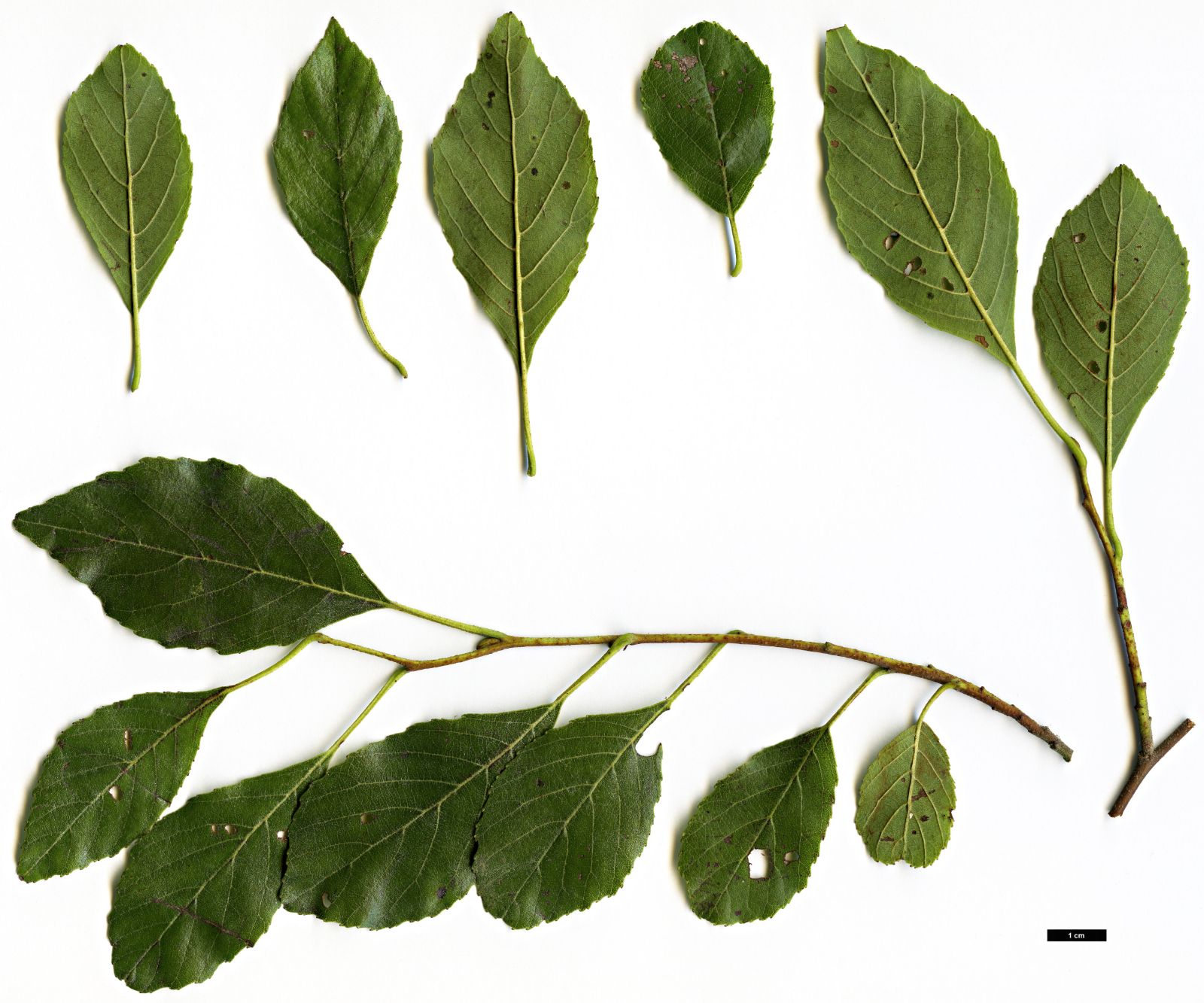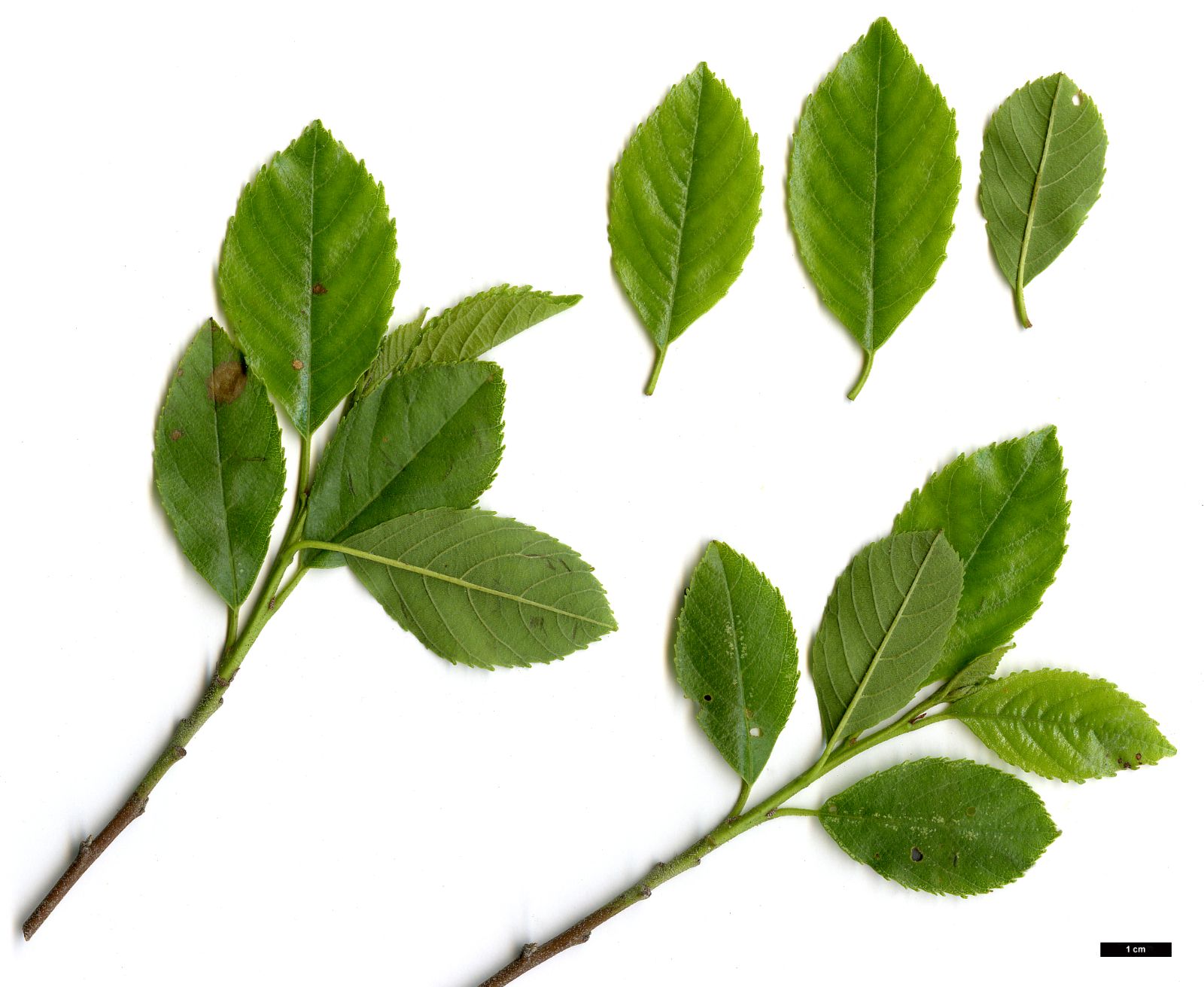Alnus maritima
Sponsor
Kindly sponsored by
a member of the International Dendrology Society
Credits
Tim Baxter & Hugh A. McAllister (2024)
Recommended citation
Baxter, T. & McAllister, H.A. (2024), 'Alnus maritima' from the website Trees and Shrubs Online (treesandshrubsonline.
Genus
- Alnus
- Subgen. Clethropsis
Common Names
- Seaside Alder
- Brook Alder
Synonyms
- Alnus metoporina Furlow
- Betula-alnus maritima Marsh.
Infraspecifics
Other taxa in genus
- Alnus acuminata
- Alnus alnobetula
- Alnus betulifolia
- Alnus cordata
- Alnus cremastogyne
- Alnus djavanshirii
- Alnus dolichocarpa
- Alnus × elliptica
- Alnus × fallacina
- Alnus fauriei
- Alnus ferdinandi-coburgii
- Alnus firma
- Alnus formosana
- Alnus glutinosa
- Alnus hirsuta
- Alnus incana
- Alnus inokumae
- Alnus japonica
- Alnus jorullensis
- Alnus lanata
- Alnus lusitanica
- Alnus matsumurae
- Alnus × mayrii
- Alnus nepalensis
- Alnus nitida
- Alnus oblongifolia
- Alnus orientalis
- Alnus pendula
- Alnus rhombifolia
- Alnus rohlenae
- Alnus rubra
- Alnus serrulata
- Alnus serrulatoides
- Alnus sieboldiana
- Alnus 'Sipkes'
- Alnus × spaethii
- Alnus subcordata
- Alnus trabeculosa
Erect shrub to 10 m with a narrow crown. Bark light grey to red-brown, branchlets red-brown to greenish, glaucous, with longitudinal ridges. Buds 3–5 × 2 mm, elliptic-obovate, apex obtuse, 2 scales, resinous, velutinous, very densely glandular. Leaves 4–8 × 2– 4 cm, elliptic to ovate or obovate, apex acute to obtuse, base acute to cuneate, adaxially dark green, pubescent to glabrous, abaxially green-brown, glabrous apart pubescent on veins with hairy domatia, margin with distant small, forward-pointing serrate teeth, semicraspedodromous to eucamptodromous, 7–11 pairs of lateral veins. Petioles 1–1.8 cm, glabrous, glandular. Stipules elliptic to obovate, apex acute to obtuse, 3–4 × 1 mm wide. Staminate inflorescences terminal, racemose cluster, produced during the current growing season, pendulous, at anthesis 20–60 × 5–7 mm, peduncles 2–16 mm. Pistillate inflorescences solitary in leaf axils, produced during the current growing season, erect, ovate, at anthesis 3–5 × 1.5–3 mm, peduncles 5–7 mm. Fruit 1.5–2.5 × 1.1–1.8 cm, ovoid, peduncles 5–10 mm, bracts woody 5–7 × 6–7 mm, the apex thickened and reflexed, truncate to obtuse. Seed 4 × 2.5 mm, elliptic, brown, wings reduced to narrow leathery ridges, styles persistent to 1 mm long. Flowering in late summer or early autumn. Diploid, 2n=28. (Furlow 1982; Schrader & Graves 2002; T. Baxter, pers. obs.). [Description and distribution refer to the species as a whole, including all three subspecies].
Distribution United States Delaware, Georgia, Maryland, Oklahoma
Habitat Along edges of ponds, spring-fed swamps and small streams, often in standing water; 0–100 m asl.
USDA Hardiness Zone 4-7
RHS Hardiness Rating H5
Conservation status Critically endangered (CR)
Seaside Alder, Alnus maritima is a deciduous, spreading, autumn-flowering shrub or small shrubby tree to 10 m tall that grows in multi-stemmed clumps. It is restricted to three disjunct regions of the United States and in each area grows in wet soils by ponds, streams and rivers at low elevations. Fossil records show that A. maritima is an ancient species and was once more widespread. Its current distribution represents remnants of Pleistocene and post-Pleistocene distributions, following climatic change. It is believed an ancestor migrated from southern Asia, across Beringia and into North America (Furlow 1979; Schrader & Graves 2004). We follow Schrader & Graves (2002; 2004) in treating the three disjunct populations as subspecies. Populations today are separated by over 900 km. Subsp. maritima occurs on the Delmarva Peninsula, Delaware and Maryland; subsp. oklahomensis is restricted to four populations in Oklahoma; while subsp. georgiensis occurs along opposite sides of a single pond in Bartow County, Georgia (Jones 2013). Seaside Alder is classed as Critically Endangered in the wild (Shaw et al. 2014) due to its limited distribution and pressures from climate change, grazing, land draining, pollution, siltation, and low genetic diversity. It occupies a limited climatic and ecological niche and is therefore susceptible to possible extinction.
Alnus maritima is most easily identified by virtue of its autumnal flowering, with female inflorescences 1(–2) in leaf axils along the main stems with cones 12–28 × 12–22 mm, peduncles 5–10 mm, and leaf venation often much branched near the margin (semicraspedodromous) or infrequently ending in the teeth (craspedodromous). It is a shrub, unlike all other autumn-flowering alders, and its pistillate inflorescences and cones are almost always solitary in leaf axils rather than in paniculate or racemose clusters. It could be mistaken for the spring-flowering A. serrulata, but this has craspedodromous veins, smaller fruiting cones (10–22 × 6–12 mm) in clusters of 3–5 with very short peduncles (1–5 mm).
The taxonomic position of Alnus maritima has received much attention. It has traditionally been placed in Subgenus Clethropsis alongside A. nepalensis, A. nitida and A. formosana, all of which are autumn-flowering species which have sometimes been lumped within Seaside Alder (e.g. as A. maritima var. formosana Burkill). However, while molecular studies suggest that this Subgenus is not a natural, monophyletic grouping (see genus introduction), no consistent picture of its relationships has yet emerged (Chen & Li 2004; Ren, Xiang & Chen 2010).
First introduced into cultivation in the US in the early 1870s, and to the UK from seed sent by Sargent to Kew in 1878 (Bean 1976), Seaside Alder has always remained a rare plant in cultivation. Today it is only found in a few specialist collections including the Holden Arboretum, The Scott Arboretum of Swarthmore College, Denver Botanic Garden, the Plant Heritage National Plant Collection of Alnus at St. Aubins, Jersey, Channel Islands, at Kew and White House Farm, Kent. The largest in British cultivation (8 m tall) grows at the Plant Heritage National Plant Collection of Alnus at St. Aubins, Jersey, Channel Islands (The Tree Register 2023). Due to its rarity in the wild, ex situ plants of this species are significant. Seaside Alder is insensitive to shade and prefers more or less permanently wet soils, although it can grow well in dry, infertile soils. Its compact habit and attractive autumn catkins make it a useful shrub for difficult and waterlogged soils and it merits wider cultivation. It is quick to grow from seed and will flower after about 2 years, but take 10 years to reach full maturity (Schrader & Graves 2002).
subsp. georgiensis J.A. Schrad. & W.R. Graves
Shrub or small tree 5.5–8(–9.5) m, crown narrow. Leaves obovate to elliptic (length/width ratio > 1.8), apex obtuse to acute or acuminate. Cones ovoid to ellipsoid or obovoid (length/width ratio < 1.3), < 19 mm long. (Schrader & Graves 2002)
Distribution
- United States – NW Georgia
This subspecies appears to be very rare in cultivation, but is surely worthy of ex situ conservation.
subsp. maritima
Medium to large shrub 3.5–6(–7.5) m, generally taller than wide. Leaves obovate to elliptic (length/width ratio < 1.8), apex obtuse to acute or acuminate. Cones ovoid to ellipsoid, never obovoid (length/width ratio > 1.3), at least 19 mm long. (Schrader & Graves 2002)
Distribution
- United States – Delmarva Peninsula (Delaware, Maryland)
It seems likely that most specimens of Alnus maritima in cultivation are from this rather accessible subspecies, bnut it would be worth confirming this through a morphological check.
subsp. oklahomensis J.A. Schrad. & W.R. Graves
Shrub or small tree 3.5–7(–9.5) m, crown at least as broad as it is wide. Leaves ovate or elliptic, rarely obovate (length/width ratio > 2.1), apex acute to acuminate, never obtuse. Cones with length/width ratio > 1.5. (Schrader & Graves 2002)
Distribution
- United States – S Oklahoma
The most distinctive of the three subspecies, it is noted for its larger trunks and canopies and grows in and beside fast-flowing water (Schrader & Graves 2002). It is known from just two Oklahoma localities, Pennington Creek in Johnston County and along the Blue River in Johnston and Pontotoc Counties. It is threatened by reducing water levels in the wild (Shaw et al. 2014).



